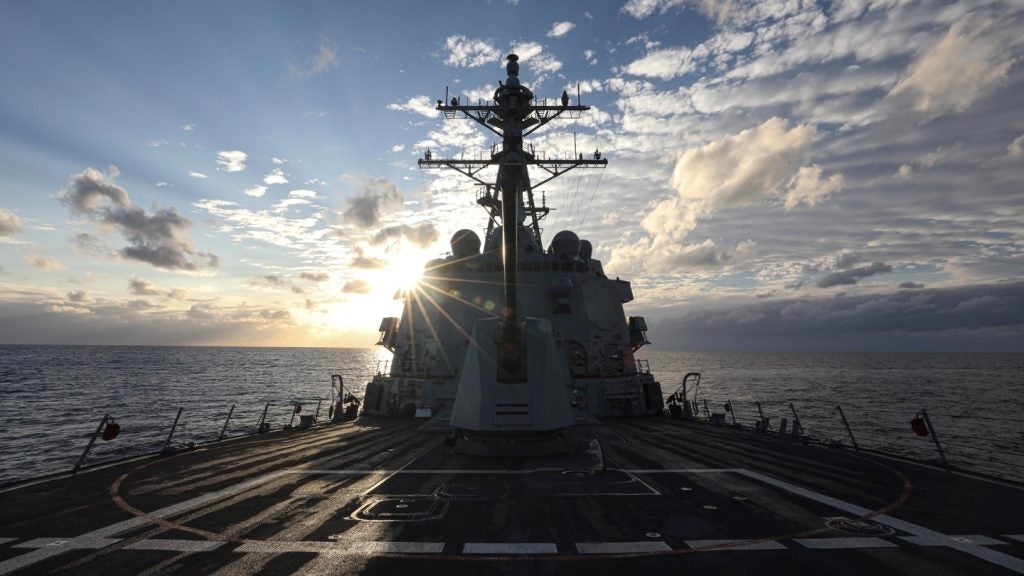In opening remarks to the Ukraine Contact Group on 22 November, US Secretary of Defense Lloyd Austin urged the member nations to supply Ukraine with air defence systems ahead of a day of discussions on a 'capability coalition' on ground-based air defence systems.
Russia’s use of land attack cruise missiles in Ukraine is spurring the desire to improve Ukraine’s air defences. Kyiv has been using Soviet-era long-range S-300 systems and medium-range 9K37 Buk to intercept Russian threats, but has struggled to replenish its supplies, according to the International Institute for Strategic Studies, although at a meeting of the Ukrainian Defence Contact Group several nations reported the delivery of hundreds of Soviet-era missiles.
The US is working on integrating Raytheon’ AIM-7 Sparrow and RIM-7 Sea Sparrow missiles into the Buk system, but no equivalent exists for the S-300.
Capability coalitions have already been instrumental in the provision of F-16 jets to Ukraine, and for improving Ukraine’s information technology capabilities. The F-16 coalition saw 11 nations sign a memorandum to train Ukrainian pilots in the multirole fighter jet, followed by the participation of Greece, the US and Bulgaria.
Austin thanked members France and Germany for holding the first virtual discussions of the air defence coalition this week.
European nations are split on the choice of air defences to employ in the region’s own European Sky Shield Initiative (ESSI), with Germany, the leader of the initiative, favouring the purchase of the Arrow 3 missile for Israel Aerospace industries, while France seeks to improve European strategic autonomy with the purchase of a system from the French arm of MBDA. France, along with Poland, Italy and Spain, have so far not made any decision on joining the ESSI.
Germany and nine other nations signed agreements with Israel for the purchase of air defence systems for the ESSI on 11 October, including the Arrow-3 from Israel, and the IRIS-T and Patriot Systems, to provide a layered system of air defence.
Patriot missiles have been effective in Ukraine at engaging with Russia’s hypersonic Kinzhal aero-ballistic missiles; however, such success come at the cost of a high number of interceptors.











